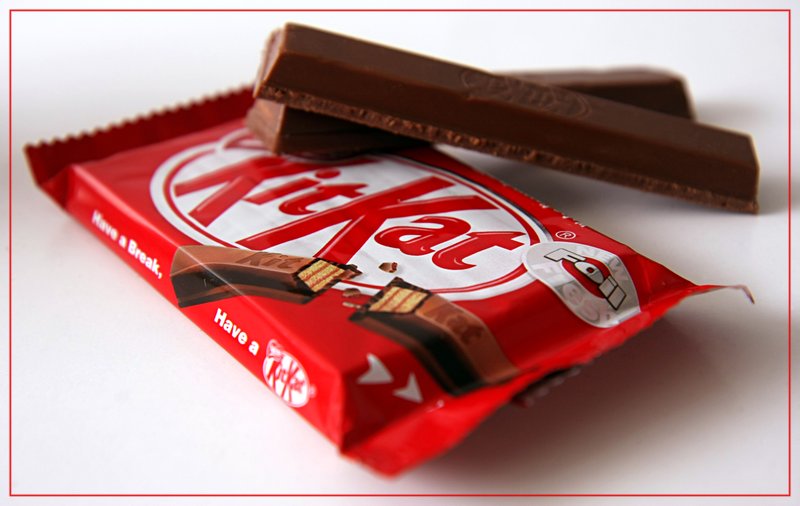Following the news last week that global brand Kit Kat failed to secure the trademark of its four-finger chocolate bar, we take a look back at some of the biggest victories and defeats in recent trademark history.
As the producer of some of the nation’s most popular biscuits, the global giant, Nestle, took a big hit to its brand last week following the rejection of a trademark applied to the staple shape of its best-loved product, Kit Kat.
The European Court of Justice ruled the design of the four-fingered chocolate bar was not unique to, or indexical of the product, and therefore did not to warrant a trademark. The battle arose after rival firm, Cadbury, expressed concern over the future of their own brand should approval be granted. The dispute is one to add to the string of historic legal clashes between the pair, including Nestle’s successful rebuttal of the Pantone 2685C shade of purple to be the property of Cadbury.
Little over four years ago, the self-confessed channel for blokes, Dave, had similar issues. UKTV G2 bosses thought they’d cracked it when they re-branded as Dave in 2007, on the proviso that “everyone knows a bloke called Dave,” and recouped viewing figures. Only after safeguarding UKTV’s future, by hauling viewers back in, were broadcasting bosses then delivered the kicker: a brand consultancy agency were already operating under the name, Dave. A legal battle followed and attempts made to establish UKTV as Dave’s rightful owner proved futile. Though not possessing the trademark, the popular TV channel reserves the right to use the name.
Designer footwear brand, Louboutin has locked horns on more than one occasion over the trademark of its arguably iconic red sole. Over the last decade, Yves St Laurent has been its biggest antagonist, and the principal reason for Louboutin going as far as to trademark the sole in the US. More recently, it was European brand, Van Haren, who faced the boot, following accusations that their heels had replicated Louboutin’s red sole. The ruling in favour of an impingement against Louboutin was quickly appealed by Van Haren and, as such, necessitated the need for the shoe giant to re-evaluate its trademark protection.
Perhaps the biggest investor in trademarks, and certainly the company with the largest portfolio of registered brand names, is Apple. It is also perhaps the company which has waged the most wars over trademarks in the past decade, going up against anyone from The Beatles to Samsung. The size of the brand and its multiple capabilities, in part, necessitates such an anxious defence of its property. That said, with ownership of the phrase, “There’s an App for that,” and just about anything with a lowercase “i” in front of it, Apple exhibits a tight grasp along with such a wide reach.
With Google’s trademark grossing an estimated $44 billion dollars, it’s no wonder trademarks are something for which companies will fight tooth and nail. It’s disappointing news for Nestle and Kit Kat who now face the question of not if competitors will decide to manufacture copycat chocolate bars, but when.



